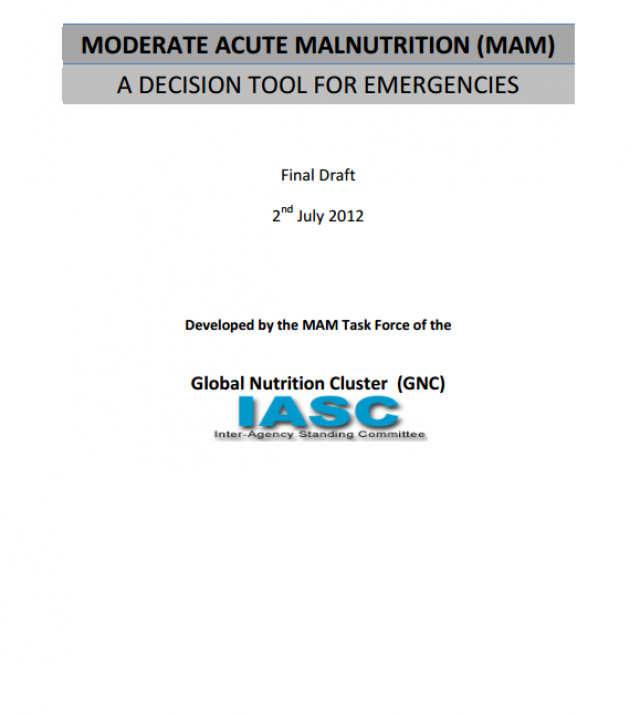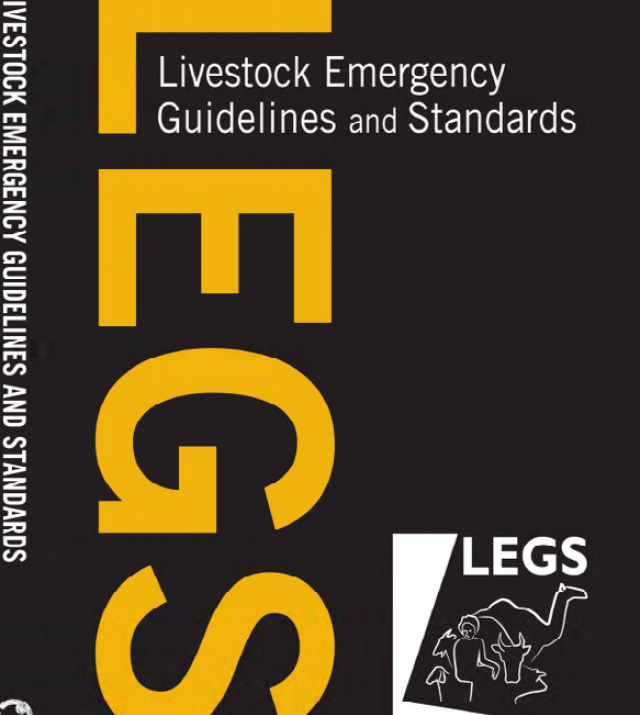
Preventing Corruption in Humanitarian Operations

The idea for this handbook came from the massive humanitarian response to the Asian tsunami, when the huge levels of resources committed by the international community created concern about new opportunities for corruption. Many international development agencies have put in place corruption prevention polices tailored to development programmes, but there was a notice able gap in policies for preventing corruption in emergencies. Based on extensive research within and beyond the humanitarian sector, as well as detailed input from the humanitarian community itself, this handbook aims to fill that gap. It offers a menu of good practice tools for preventing and detecting corruption in humanitarian operations.
The handbook is primarily aimed at managers and staff of humanitarian agencies, both at headquarters (HQ) and in the field. It speaks directly to those on front line of aid delivery as well as to senior managers who determine organisational culture and values. That does not mean to say the book is not relevant for other stakeholders. For example, it can help donors to assess the robustness and accountability of agency programmes, and local civil society organisations and the media to hold agencies working in their area to account – as well as giving stakeholders an understanding of the challenges aid providers face in any humanitarian emergency.
We do not expect most people to read the entire handbook: each tool or description of good practice works as a stand-alone document, so it’s easy for readers to pick the most relevant sections. (This means inevitable overlap among some of the tools and references). Key recommendations are summarised below and are useful principles for all humanitarian staff. We have also listed dilemmas agencies face in fighting corruption – there’s no magic formula for resolving them, but awareness of these dilemmas will help staff find the right balance when managing corruption risks in a particular context.
